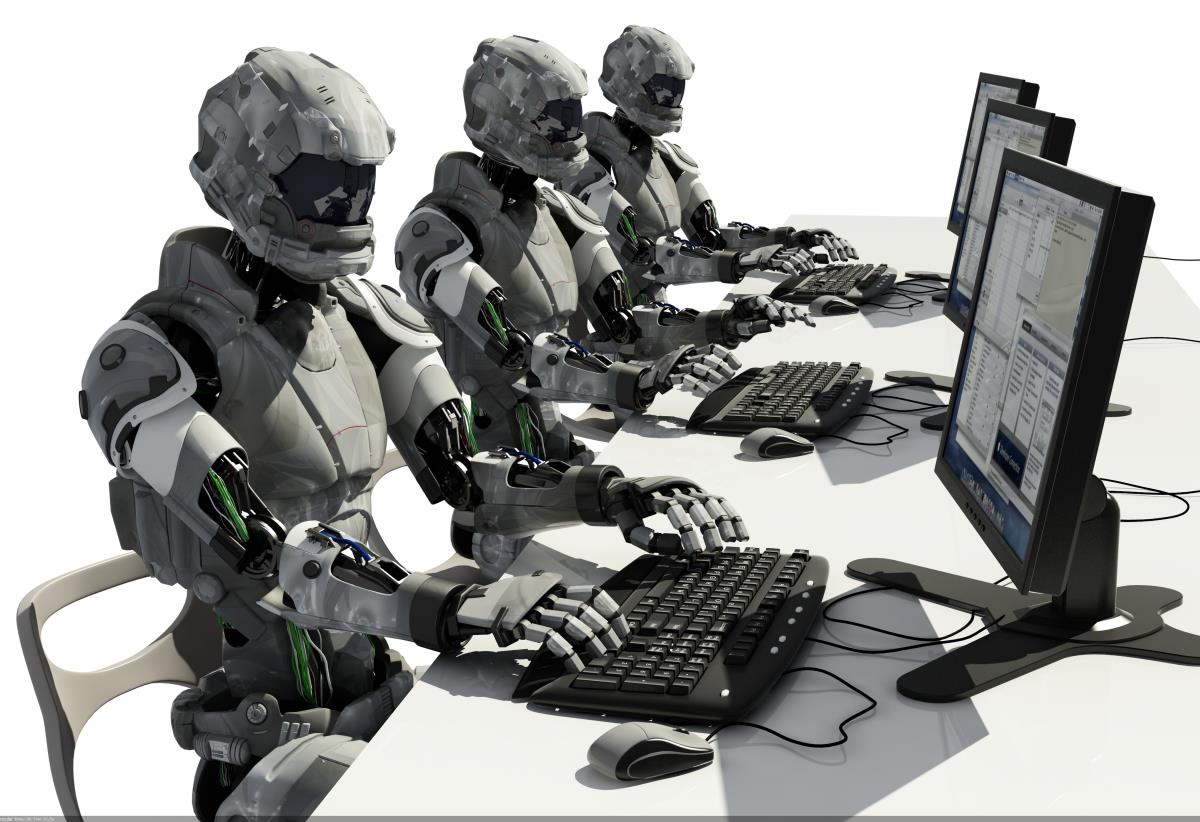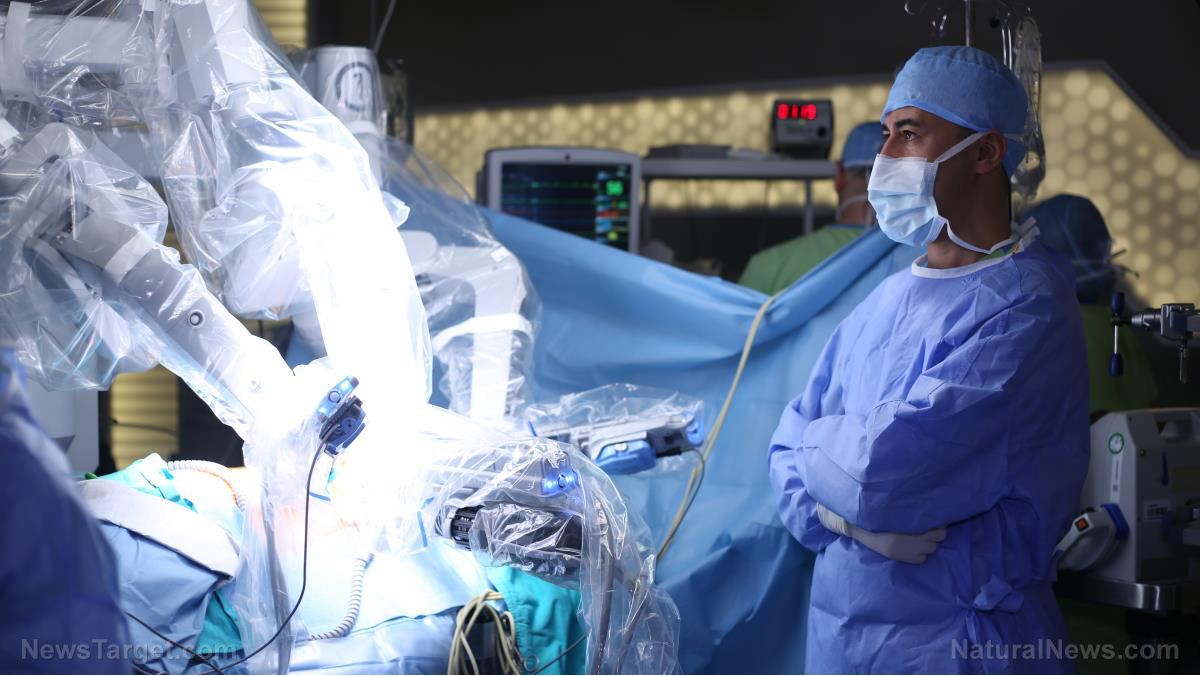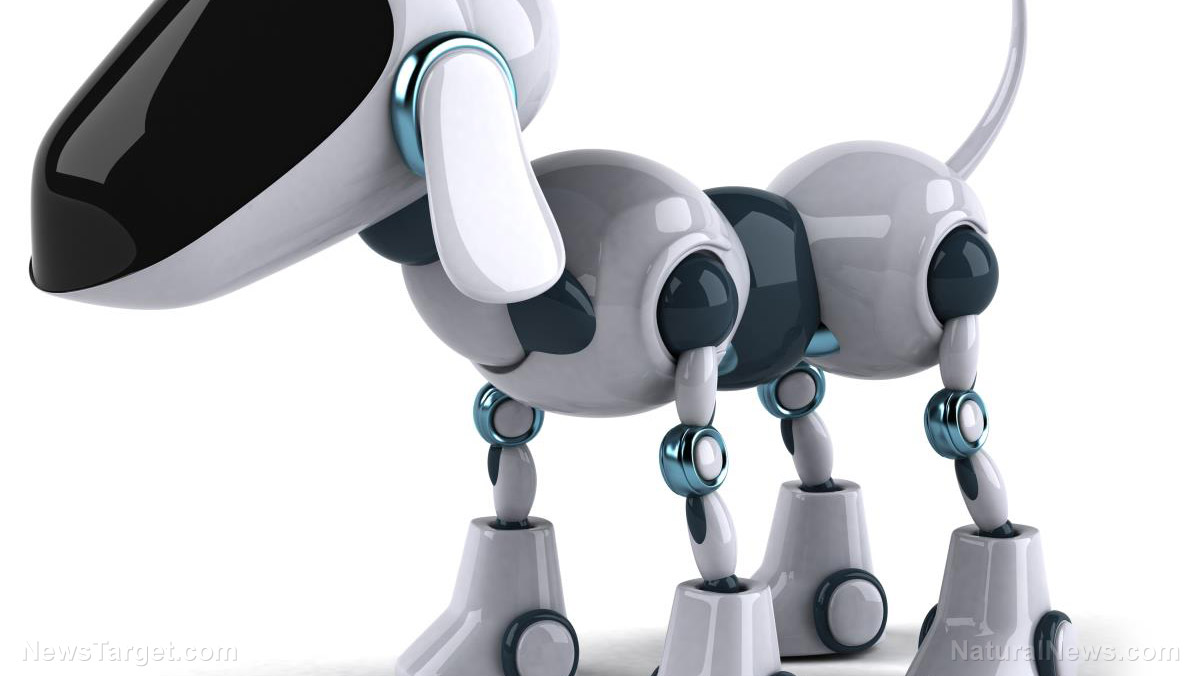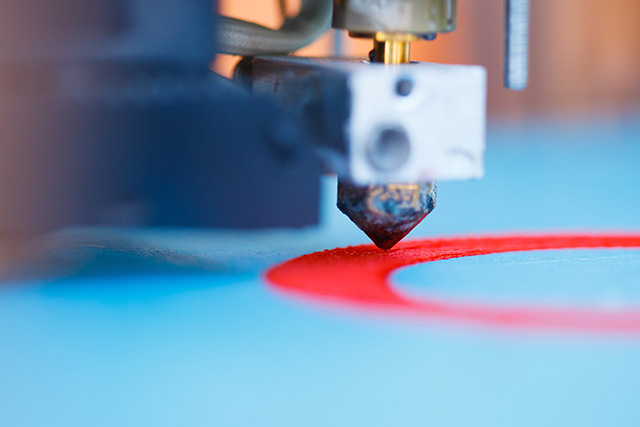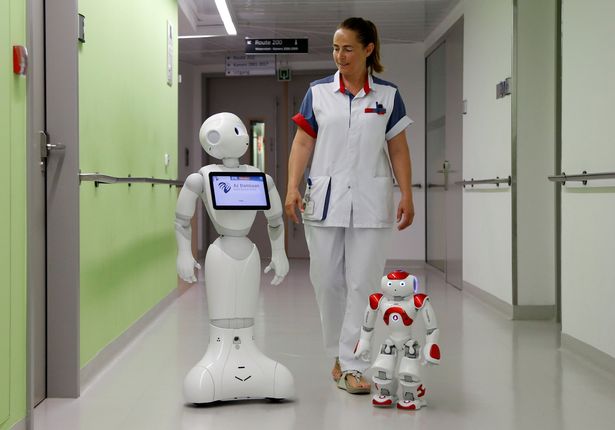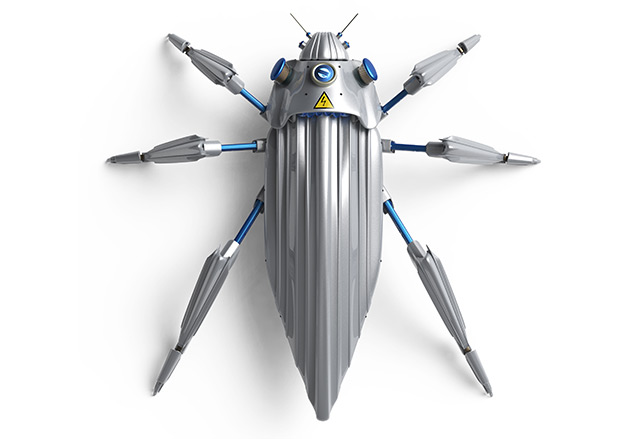Coming soon: Mini robot grocery stores
11/14/2018 / By Tracey Watson

Ours is arguably the laziest generation in the history of humankind. If it isn’t instant, doesn’t come in a box and isn’t available immediately, there probably isn’t much demand for it. This innate lack of desire to work for anything extends to the chore of purchasing groceries, too. The Internet has unashamedly fed our collective desire for everything from medication to groceries to be instantly available and delivered directly to our homes within hours. This, in turn, has created a grocery war in the United States, as big corporations like Whole Foods, Walmart and others clamor to grab their share of this lucrative and growing market.
At present, most grocery chains use good old-fashioned human beings to pack these online orders and get them ready for delivery. But right now, the economy is booming, labor costs are escalating and very few people are out there looking for work. As reported by Nasdaq.com, to get around this problem and to speed up the delivery process even further, several grocery groups, including Ahold Delhaize, have announced that they will be setting up small, automated warehouses known as robot supermarkets in the near future.
Robot supermarkets being rolled out across the country
Ahold Delhaize, though based in the Netherlands, operates several well-known grocery chains in the United States, including Food Lion, Giant Food and Hannaford. It has also owned the online grocery market leader, Chicago-based Peabod, since 2000. Two-thirds of all Ahold’s sales are generated in the U.S., and the company has big plans to nearly double its online sales from 2.8 billion euros last year to 5 billion euros by 2020. The robot supermarkets are a big part of this plan, as Nasdaq reported:
Netherlands-based Ahold Delhaize is teaming up with Takeoff, a start-up which builds small warehouses that stack groceries to the ceiling to save space and use robot arms to assemble shoppers’ orders for items such as beer, milk, bread and fruit.
The warehouses serve as condensed supermarkets that can supply several stores with click-and-collect orders. They cost about $3 million to build, which Takeoff says is less than the cost of a typical store revamp.
“With the robotized solution we can optimize those picking costs and be closer with micro fulfillment to our catchment areas,” noted Ahold Chief Executive Frans Muller. “We also reduce the cost of the last mile.”
Of course, the other grocery giants haven’t been resting on their robotic laurels, either. Walmart has announced that it will be testing Alert Innovation’s Alphabot automated grocery picking at one of its outlets in New Hampshire, while Kroger has allied itself to the U.K.’s online grocery expert, Ocado, to do the same.
Nasdaq reported:
Kroger said it will disclose the location for the first three U.S. sites out of a planned 20 high-tech Ocado warehouses in the next couple of weeks. They will take about two years to build and each cost Ocado about $39 million.
Since purchasing Whole Foods last year, Amazon has been offering same-day delivery in more than 60 cities, and the public is – literally – eating it up.
All of this automation may seem like a good idea, especially while the economy continues to boom, but where will it leave the average U.S. worker when the economy takes a downturn, as it inevitably will? Are we facing a future where robots perform all the functions currently performed by humans and unemployment becomes the norm? At least we’ll be able to sit on our couches and order our groceries, knowing that they’ll arrive within a couple of hours though, right?
Learn more about what the future holds at Robots.news.
Sources for this article include:
Tagged Under: Ahold Delhaize, Amazon, automation, economy, Food Lion, food trends, future science, future tech, Giant Food, Glitch, grocery, Hannaford, mini robot grocery stores, online grocery shopping, online shopping, Peabod, robotics, robots, Walmart, Whole Foods




